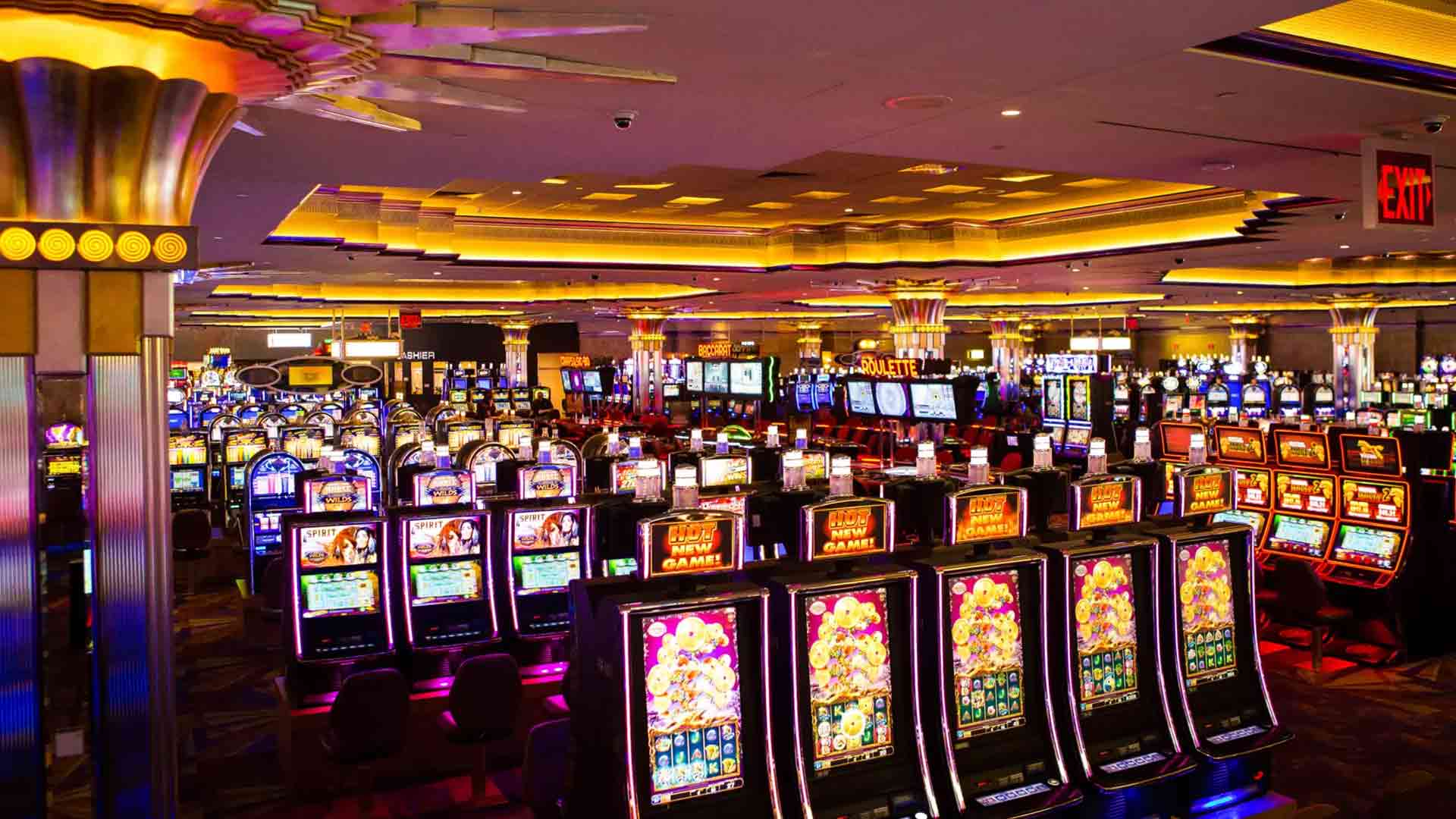Why Casinos Are Designed Like Mazes
Why Casinos Are Designed Like Mazes
Have you ever walked into a sprawling casino, intending to just pass through, only to find yourself disoriented and lost amidst a sea of flashing slot machines and vibrant gaming tables? If so, you've experienced a masterpiece of psychological architecture. The feeling of being in a maze isn't an accident; it's a meticulously crafted design strategy intended to keep you inside, engaged, and spending money.
The core principle behind this design is a psychological phenomenon known as the "Gruen Transfer." Named after architect Victor Gruen, who designed the first modern shopping mall, the effect describes the moment a consumer's original intention (e.g., buying one specific item) is replaced by a more aimless, wandering state, making them more susceptible to impulse purchases. Casinos have perfected this concept. By creating a deliberately confusing, maze-like layout with winding paths and no clear lines of sight, they prevent you from easily spotting the exits. This disorientation encourages you to wander deeper, discovering new games and attractions along the way, effectively "transferring" your goal from leaving to exploring.
This labyrinthine structure is reinforced by several other key design elements. First, notice the lack of external cues. Most casinos have no windows and no clocks on the walls. This is a deliberate tactic to detach you from the outside world and the natural passage of time. Without the sun setting or the morning light creeping in, an hour can feel like ten minutes, and a short visit can unknowingly stretch into a marathon session. Time becomes an abstract concept, measured only by the next spin of the roulette wheel or the next hand of blackjack.
Sensory immersion is another critical component of the casino maze. The environment is a carefully orchestrated symphony of sights and sounds designed to stimulate and excite. The constant ringing of bells, celebratory jingles from slot machines, and the cheers of a crowd create an atmosphere of perpetual winning and excitement, even if it's not you who is winning. The lighting is typically low and ambient, but the games themselves are brilliantly lit, drawing your eye and focus directly to the sources of potential reward. This sensory overload keeps your brain engaged and minimizes contemplative thoughts about time, budget, or the desire to leave.
The placement of amenities and games is also strategic. Restrooms, cashiers, restaurants, and show theaters are often located deep within the casino floor. This forces you to navigate through the maze of games to get to your destination, maximizing the number of "distractions" you encounter. Slot machines, the primary revenue generators, are arranged in tight, curving banks that act as walls, guiding your path and ensuring you are always just a few feet away from an opportunity to play. You might be walking to the buffet, but you'll have to pass hundreds of enticing slot machines to get there.
In the modern era, this philosophy of immersive, maze-like design has transitioned to the digital world. While an online casino can't physically trap you, it uses similar psychological principles through its user interface. Infinite scrolling game libraries, captivating graphics, and personalized bonus notifications create a digital environment that's easy to get lost in. This digital immersion is perfected by platforms where a simple m88 com login casino can transport you to a virtual world designed for maximum engagement, mirroring the goals of their physical counterparts.
In conclusion, the maze-like design of a casino is a powerful and intentional tool. By combining a confusing layout, eliminating external time cues, creating a sensory-rich environment, and strategically placing every element, casinos engineer an experience that blurs time and reality. The goal is simple: to make you forget the outside world and immerse yourself completely in the game. So, the next time you feel a little lost in a casino, remember—you're not bad with directions; you're just navigating the maze exactly as its architects intended.
tag: M88,



